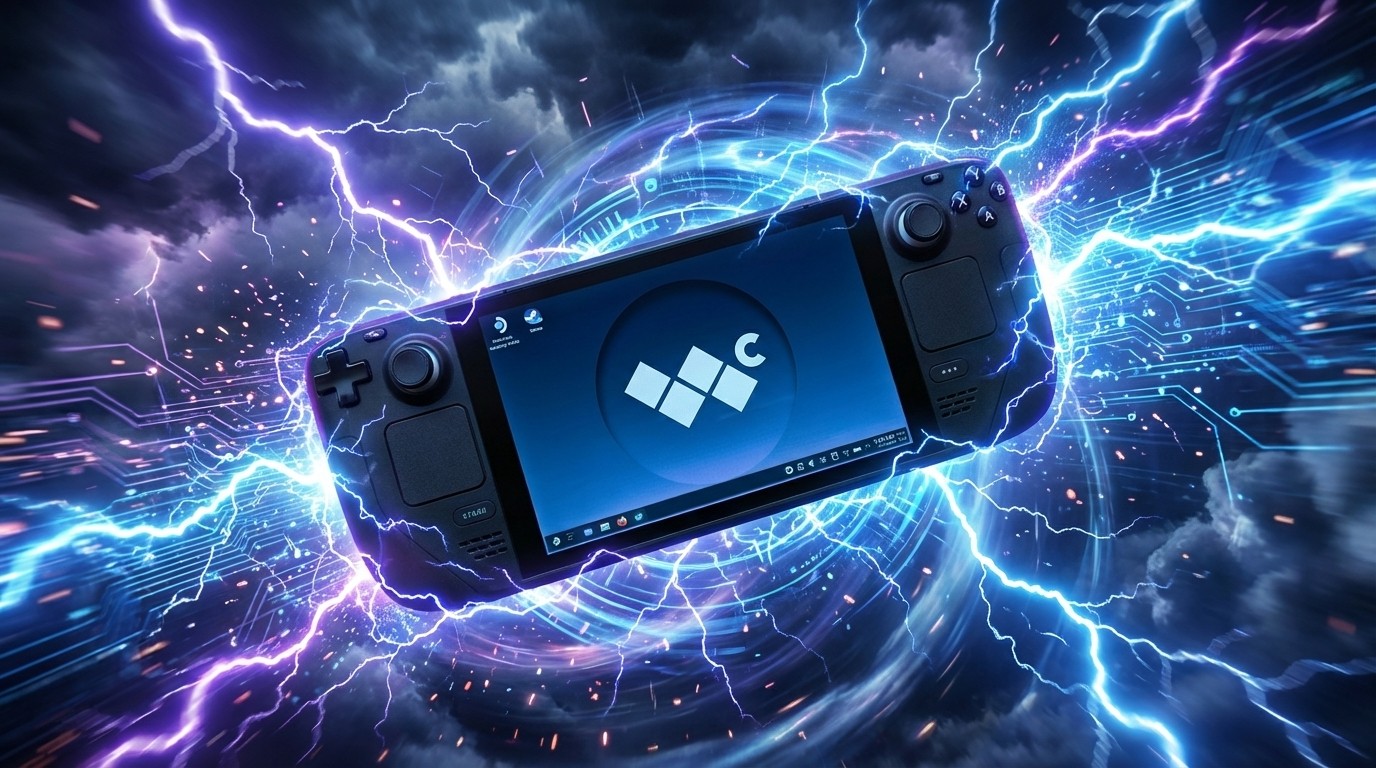ChatGPT resurrects bricked Android tablet with Windows 10 — Is AI the future of DIY tech repair?
A seven-year-old Android tablet destined to become e-waste has been resurrected by a modder, ChatGPT, and a tweaked BIOS.

ChatGPT has a lot of uses, but leveraging it to bypass the security of an otherwise useless tablet isn't something I was expecting.
Indeed, a savvy hardware modder from the XDA forums — who accurately goes by the handle "devicemodder" — was able to install Windows 10 and Linux Mint on a locked Panasonic Toughpad FZ-A2 tablet thanks to help from ChatGPT.
Tom's Hardware picked up on this story that, at first, doesn't seem like that big of a deal. However, the situation gets a lot more impressive with all the details filled in.
Using ChatGPT to resurrect an ancient tablet
As devicemodder explains, they picked up the Android-powered Panasonic tablet locked with Factory Reset Protection (FRP).
Factory Reset Protection (FRP) is one of Android's main security features that blocks unauthorized use following a factory reset. FRP is activated as soon as you log in with your Google account on a device, and it prevents a stolen or lost device from being usable by someone else.
To get around FRP, credentials must be re-entered following the factory reset. Usually, that's not a problem if you're on the up and up. However, not everyone selling devices has the know-how to disable FRP, and other times, a device might be so old that it's simply discarded with the idea that it won't be used by anyone else.
While this would usually herald the end of a device's life, barring access to the original user's credentials, devicemodder took advantage of the Android tablet's underlying Intel Atom X5 8550 processor and x86 UEFI BIOS to perform a rather significant hack.
All the latest news, reviews, and guides for Windows and Xbox diehards.
They were first able to install Linux Mint on the tablet, stating it "runs well, but has a few hiccups." The process wasn't as easy as you might imagine. As devicemodder states in their forum post:
The process to get this far was quite involved and involves editing the bios to disable secure boot, as the secure boot option is not user accessible. The secure boot keys are Panasonic proprietary and meant to only run Android.
Devicemodder continues by explaining that any attempts to boot a flash drive at that point were met with SecureBoot violation errors.
Seemingly at a major hurdle in the process, devicemodder turned to ChatGPT to help tweak the device's BIOS to remove the block. Devicemodder states that they used a CH341A flash programmer — something you can buy for about $14 on Amazon — to dump the tablet's BIOS.
They then handed the dumped BIOS over to ChatGPT, ordering it to disable SecureBoot due to it having proprietary keys that were no longer available.
Happy to oblige, ChatGPT went to work and soon handed back a BIOS that was free of SecureBoot parameters to be flashed back onto the tablet.
This allowed devicemodder to plug a flash drive into the seemingly useless Panasonic tablet and install Linux Mint. While the touchscreen, cameras, and speakers needed some bug fixing, the tablet appears to have run Linux Mint just fine.
This is, of course, a simplified summary of devicemodder's work; you can check out the full ChatGPT log for this process as provided by the user.
Next stop: Windows 10 ... and beyond?
Devicemodder returned a few days later with a follow-up to the original forum post. Not only had they successfully installed Linux Mint, but they'd also now achieved a working Windows 10.
Now have Windows 10 up and running ... cobbling together some working drivers, still haven't had much luck with the touchscreen.
Using Windows 10 — which is set to reach end-of-life on October 14, 2025 — on a tablet that launched in 2018, designed for Android 6.0, isn't something that's going to catch on.
It is, however, an undeniably interesting use of ChatGPT. Devicemodder believes they "may be the first to attempt this" after finding no information about a similar hack online.
E-waste is a huge problem in our modern world, with countless devices getting tossed out due to solvable issues. While AI could help rescue some of that hardware for a second go around, it also makes me wonder about the future of device security as AI becomes smarter.

Cale Hunt brings to Windows Central more than nine years of experience writing about laptops, PCs, accessories, games, and beyond. If it runs Windows or in some way complements the hardware, there’s a good chance he knows about it, has written about it, or is already busy testing it.
You must confirm your public display name before commenting
Please logout and then login again, you will then be prompted to enter your display name.


